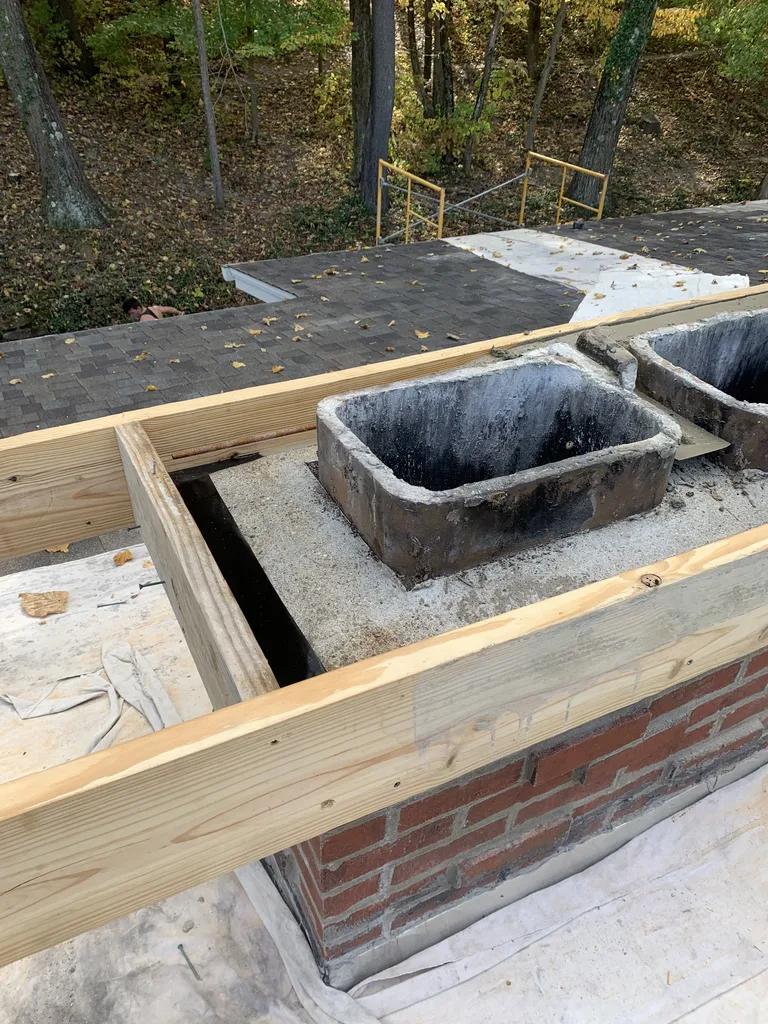Masonry stucco is a durable and aesthetically pleasing building material commonly used in construction projects. However, over time, stucco can deteriorate due to various factors such as weather exposure, age, or improper installation. In this expert guide, we will delve into the intricacies of masonry stucco repair, providing valuable insights and tips to help you effectively restore and maintain the integrity of your stucco surfaces. Whether you are a homeowner, contractor, or renovator, mastering the art of stucco repair is essential for preserving the beauty and structural integrity of your property. Let’s explore the key principles and techniques involved in masonry stucco repair to ensure a successful and long-lasting outcome.
Table of Contents
- Key Considerations for Masonry Stucco Repair
- Identifying Common Stucco Damage Patterns
- Step-by-Step Guide to Repairing Stucco Cracks
- Choosing the Right Materials for Stucco Patching
- Q&A
- Closing Remarks

Key Considerations for Masonry Stucco Repair
When it comes to repairing masonry stucco, there are several key considerations that homeowners and contractors should keep in mind. One important factor is assessing the extent of the damage before beginning any repairs. This involves inspecting the stucco for cracks, chips, and other signs of wear and tear. It’s also essential to identify the underlying cause of the damage, whether it be moisture infiltration, poor installation, or structural issues.
Another crucial consideration is selecting the right materials for the repair. Not all stucco products are created equal, and choosing the wrong one can result in a subpar repair job. It’s important to use high-quality materials that match the existing stucco in color and texture. Additionally, proper preparation of the surface before applying the new stucco is vital for a successful repair. This includes cleaning the area, removing any loose stucco, and ensuring the surface is dry and free of debris.

Identifying Common Stucco Damage Patterns
Stucco damage can manifest in various patterns, each indicating a different underlying issue that needs to be addressed promptly. One common pattern is known as “cracking,” where small or large cracks appear on the surface of the stucco. These cracks can be caused by a variety of factors, such as settling of the building foundation, water damage, or even improper installation.
Another prevalent stucco damage pattern is ”blistering,” which occurs when bulges or bubbles form on the stucco surface. This is often a sign of moisture trapped within the stucco layers, leading to delamination and separation from the substrate. Other damage patterns to look out for include “staining,” “peeling,” and “spalling,” each requiring a unique approach to repair and restoration. By identifying these common stucco damage patterns early on, homeowners can prevent further deterioration and costly repairs down the line.
Step-by-Step Guide to Repairing Stucco Cracks
When it comes to repairing stucco cracks, it’s essential to follow a careful and precise process to ensure a seamless finish. To begin, identify the type of crack you’re dealing with, whether it’s a hairline crack or a larger structural issue. Once you’ve assessed the damage, gather the necessary tools and materials, including a stucco repair kit, trowel, wire brush, and paint.
Next, clean the cracked area thoroughly with a wire brush to remove any loose debris or dirt. Apply the stucco repair compound with a trowel, making sure to fill in the crack completely and smooth out the surface. Allow the repair to dry according to the manufacturer’s instructions, then finish with a coat of paint to match the rest of the stucco surface. Follow these steps carefully, and your stucco cracks will be a thing of the past.

Choosing the Right Materials for Stucco Patching
When it comes to masonry stucco repair, choosing the right materials is crucial to ensure a successful and long-lasting patch job. There are several key components to consider when selecting materials for stucco patching:
- Stucco Mix: Opt for a high-quality stucco mix that matches the texture and color of your existing stucco to ensure a seamless repair.
- Bonding Agent: Use a bonding agent to help the new stucco adhere to the existing surface and prevent cracking or delamination.
- Fiberglass Mesh: Consider adding fiberglass mesh to reinforce the patch and provide added strength and durability.
By carefully selecting the right materials for your stucco patching project, you can ensure a professional-quality repair that will stand the test of time. Be sure to follow manufacturer’s instructions and best practices for application to achieve the best results.
Q&A
Q: What are the common causes of damage to masonry stucco?
A: Common causes of damage to masonry stucco include water infiltration, impact damage, and improper installation.
Q: How can I identify if my masonry stucco needs repair?
A: Signs that your masonry stucco needs repair include cracks, peeling or flaking stucco, water stains, and mold growth.
Q: Can I repair masonry stucco myself, or should I hire a professional?
A: While it is possible to repair masonry stucco yourself, hiring a professional is recommended for more extensive damage or if you are not experienced in stucco repair techniques.
Q: What are the steps involved in repairing masonry stucco?
A: The steps involved in repairing masonry stucco typically include cleaning the surface, filling cracks and holes, applying a new layer of stucco, and finishing with a protective sealant.
Q: How can I prevent future damage to my masonry stucco?
A: To prevent future damage to masonry stucco, it is important to regularly inspect and maintain the surface, address any cracks or holes promptly, and ensure that proper drainage and ventilation are in place.
Closing Remarks
In conclusion, proper maintenance and repair of masonry stucco can help prolong the lifespan and aesthetic appeal of your property. By following the expert guidelines outlined in this article, you can effectively address common stucco issues and ensure a durable and attractive finish for years to come. Remember, when in doubt, always consult with a professional mason or stucco contractor to ensure the job is done correctly and efficiently. Thank you for reading our expert guide to masonry stucco repair. We hope you found it informative and helpful in maintaining your stuccoed surfaces.


